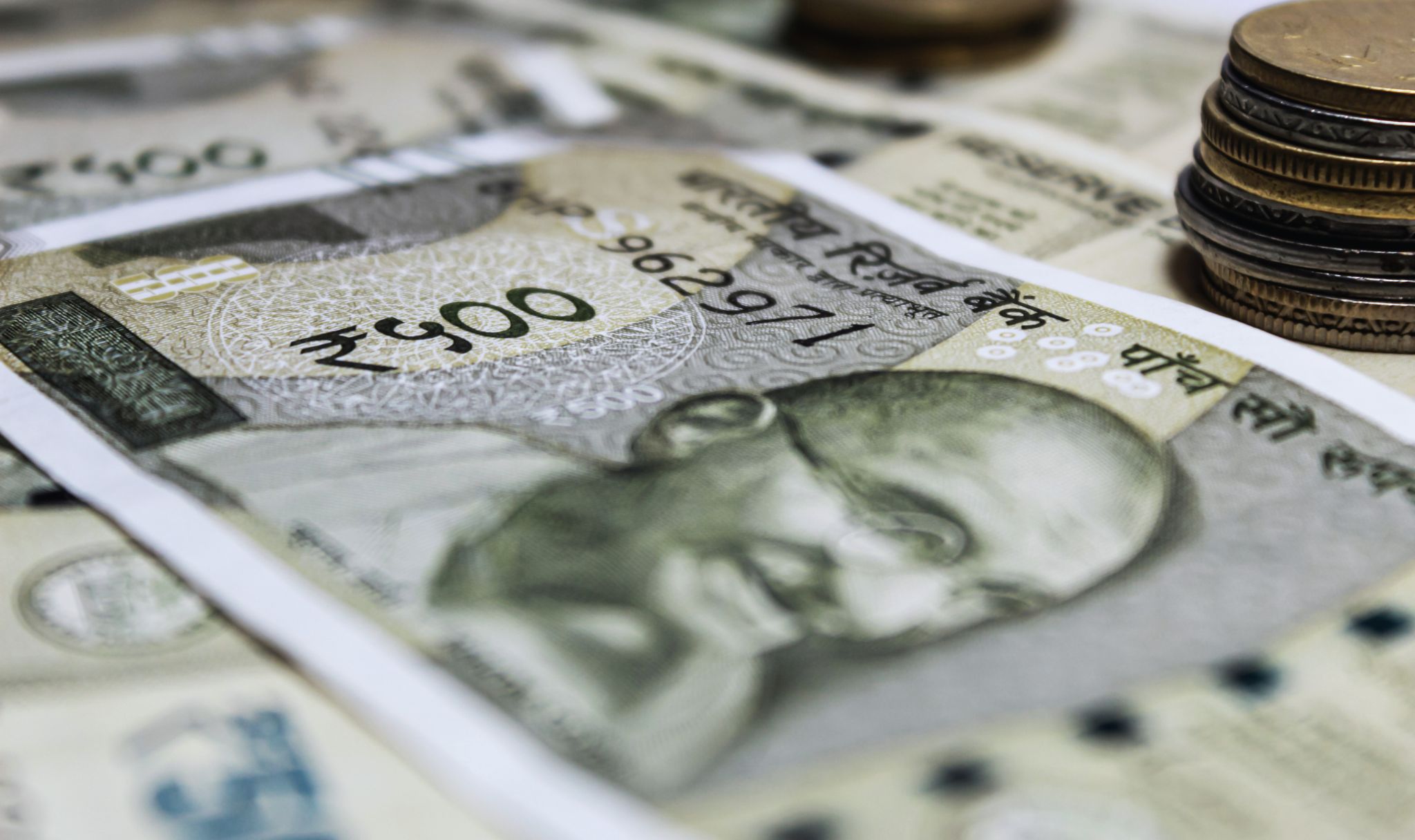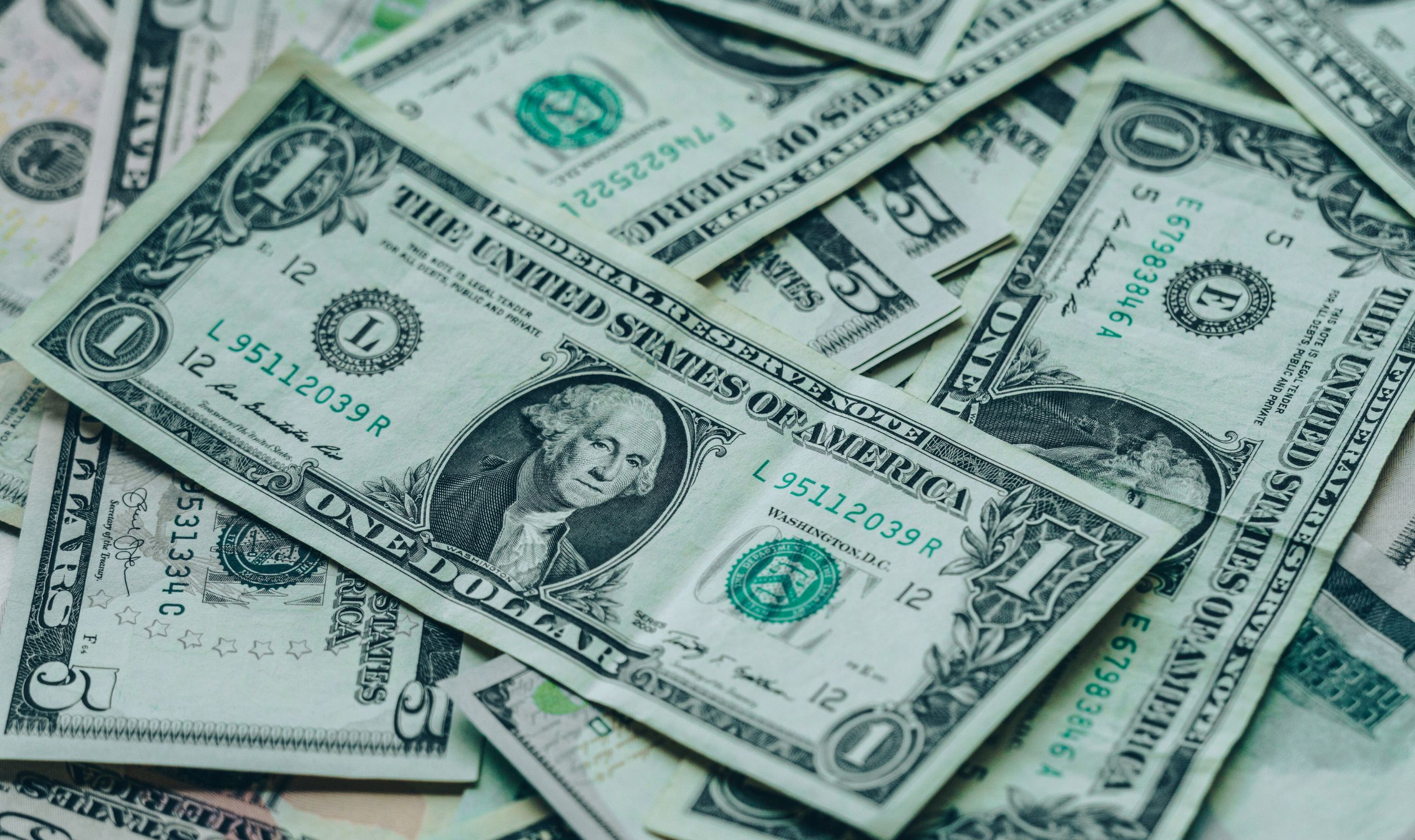The Indian rupee crossed the 84 mark against the U.S. dollar on May 2, 2025, reaching a seven-month high not seen since October 2024. Closing at 83.78, up 0.7% from its previous close of 84.4875, the rupee recorded a near 2% weekly gain, its strongest in months. This surge, driven by robust foreign equity inflows, aggressive dollar sales by foreign banks, and optimism over a potential U.S. trade deal, has led analysts to revise their bearish forecasts. Institutions like MUFG now predict the rupee will end 2025 at 84, up from earlier estimates of 87, according to Reuters and The Economic Times. This article analyzes the rupee’s rally, the factors behind it, the shift in analyst sentiment, and its implications for India’s economy and financial markets.
The Rupee’s Resurgence
On May 2, 2025, the rupee opened 39 paise higher at 84.09 and peaked at 83.83 intraday, breaching the 84 mark for the first time since October 2024. Its 71-paise single-day gain was the largest in over two years, following a close of 84.49 on April 30, 2025. Posts on X reflected market enthusiasm, with users like @arbindtiwariT noting the rupee near 83.898 and @ETNOWlive highlighting its strength amid global currency trends.
The rally follows a challenging period. In October 2024, the rupee hit a record low of 84.07, pressured by foreign institutional investor (FII) outflows and rising crude oil prices. By December 2024, it slumped to 85.0775, driven by a hawkish U.S. Federal Reserve and equity sell-offs. However, gains of 2% in March 2025 and 1.16% in April set the stage for the latest surge.
Drivers of the Rupee’s Rally
Several factors have propelled the rupee’s climb:
- Foreign Equity Inflows: FIIs have purchased Indian shares for 11 consecutive sessions, the longest streak in two years, injecting over $5 billion into the market. This has bolstered the BSE Sensex and Nifty 50, with the Sensex closing at 77,580.31 on May 1, 2025. Increased dollar supply from these inflows has strengthened the rupee.
- Dollar Sales by Foreign Banks: Heavy dollar sales by foreign banks, likely for custodial clients, have driven the rupee higher. A state-run bank trader noted limited counter-bids, amplifying the effect. The Reserve Bank of India (RBI) has refrained from absorbing these inflows, allowing the rupee to appreciate.
- U.S. Trade Deal Optimism: Positive remarks from U.S. President Donald Trump on U.S.-India tariff talks have eased fears of a trade war. Expectations of a balanced trade agreement have supported the rupee, countering earlier concerns about Trump’s tariff proposals.
- Regional Currency Strength: Asian currencies like the Korean won and Malaysian ringgit have gained amid a weaker U.S. dollar. The dollar index fell 0.22% to 100.02 on May 2, 2025, its weakest monthly performance since November 2022, providing tailwinds for the rupee.
- Moderating Oil Prices: Brent crude prices, up 0.79% to $62.62 per barrel on May 2, 2025, have stabilized after October 2024 spikes. Lower oil prices reduce India’s import bill, easing dollar demand and supporting the rupee.
- Short Position Liquidation: The rupee’s gains have forced traders to unwind bearish bets, amplifying its upward momentum. Speculative short positions have been liquidated, further fueling the rally.
Shift in Analyst Sentiment
The rupee’s performance has prompted analysts to abandon bearish forecasts. A Reuters poll in April 2025 predicted a slide toward 85 within 12 months, citing economic slowdown and U.S. tariffs. However, recent developments have led to upward revisions.
MUFG now forecasts the rupee at 84 by year-end, up from 87, reflecting confidence in India’s external sector. Amit Pabari of CR Forex Advisors attributed the rally to equity and debt inflows and trade optimism. Anil Kumar Bhansali from Finrex Treasury Advisors LLP noted the rupee’s resilience despite a rising dollar index, driven by FII inflows and dollar selling.
The forex options market reflects this shift. The 1-month dollar/rupee risk reversal dropped to its lowest since October 2024, signaling reduced expectations of depreciation. The RBI’s $11 billion intervention in February 2025 curbed bearish bets, restoring two-way volatility.
RBI’s Strategic Role
The RBI has been pivotal in managing the rupee’s trajectory. In October 2024, it defended the 84 level with dollar sales, depleting reserves from $704 billion to $654.857 billion by December. In May 2025, however, the RBI has stayed out of the market, allowing dollar inflows to drive appreciation. Dhiraj Nim of ANZ Bank noted this reflects a flexible approach under the new RBI governor, balancing trade competitiveness with stability. India’s forex reserves, at $682 billion in April 2025, provide ample capacity for future interventions.
Economic Implications
The rupee’s appreciation has significant effects:
- Lower Import Costs: A stronger rupee reduces costs for oil imports, critical for India, potentially easing inflation (6.21% in October 2024) and narrowing the trade deficit.
- Exporter Challenges: A stronger rupee hurts export competitiveness for sectors like IT (Tata Consultancy Services), textiles, and pharmaceuticals, which may delay dollar conversions.
- Equity Market Boost: FII inflows have lifted the Nifty 50 to 23,532.70 on May 1, 2025. A stable rupee could attract more capital, though geopolitical risks like India-Pakistan tensions may cause volatility.
- Monetary Policy Flexibility: A stronger rupee may allow the RBI to cut rates by 75 basis points in 2025, supporting growth without fueling inflation.
Risks to the Rally
Despite the optimism, risks remain:
- Geopolitical Tensions: India-Pakistan tensions over Kashmir could spark volatility, as could Middle East conflicts pushing oil prices higher.
- U.S. Tariffs: Trump’s tariffs, set for April 2, 2025, could hurt exports if trade talks falter, as noted in a Reuters poll.
- Dollar Rebound: A dollar index rise toward 102, driven by strong U.S. data, could cap rupee gains.
- Economic Slowdown: Sluggish consumption and investment may dampen investor confidence, impacting inflows.
Global Currency Context
The rupee’s rally aligns with gains in Asian currencies like the Korean won, supported by a weaker dollar and trade optimism. Unlike the Bangladeshi taka or Philippine peso, which depreciated in 2024, the rupee benefits from low volatility due to RBI oversight. The U.S. Federal Reserve’s cautious rate cut outlook (two in 2025) and U.S. economic concerns have softened the dollar, aiding emerging market currencies. China’s tariff negotiation stance has further eased global trade tensions.
Investor and Policy Considerations
- Forex Traders: USD/INR offers trading opportunities with support at 84.15 and resistance at 84.80–85.35. Monitor RBI actions and FII flows.
- Equity Investors: A stronger rupee boosts the appeal for stocks like Reliance Industries and HDFC Bank, but geopolitical risks warrant caution.
- Exporters: Delay dollar conversions to hedge against further rupee strength.
- Policymakers: The RBI may leverage the rupee’s strength to ease monetary policy, supporting growth while monitoring trade impacts.
Conclusion
The Indian rupee’s surge past 84 on May 2, 2025, marks a turning point, driven by FII inflows, dollar sales, trade optimism, and a weaker dollar. Analysts, including MUFG, have abandoned bearish forecasts, now expecting the rupee to be at 84 by year-end. The RBI’s strategic restraint has allowed market forces to drive appreciation, supported by $682 billion in reserves. While lower import costs and equity market gains are positive, exporters face challenges, and risks like geopolitical tensions and U.S. tariffs loom. Investors should monitor USD/INR technicals and global developments, as the rupee’s trajectory will shape India’s economic outlook in 2025.















0 Comments